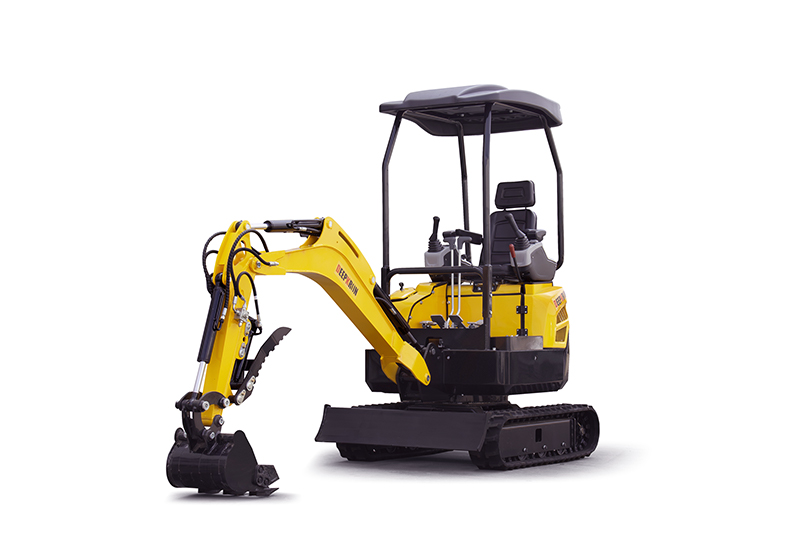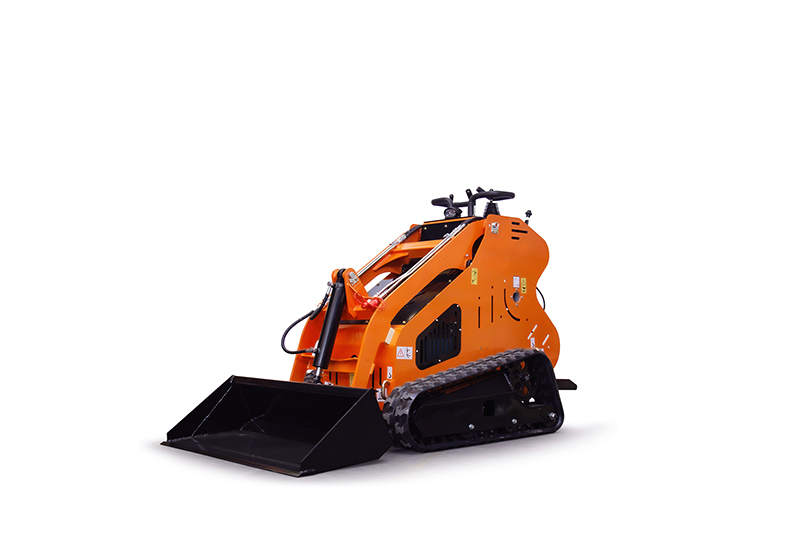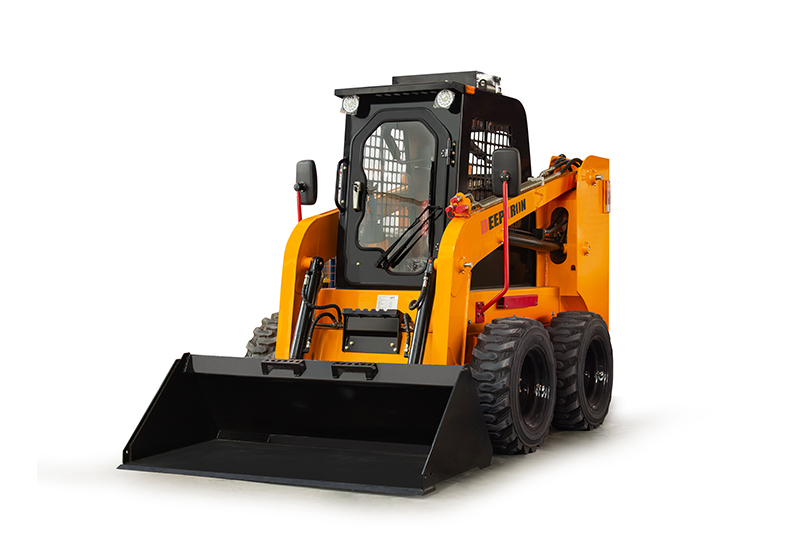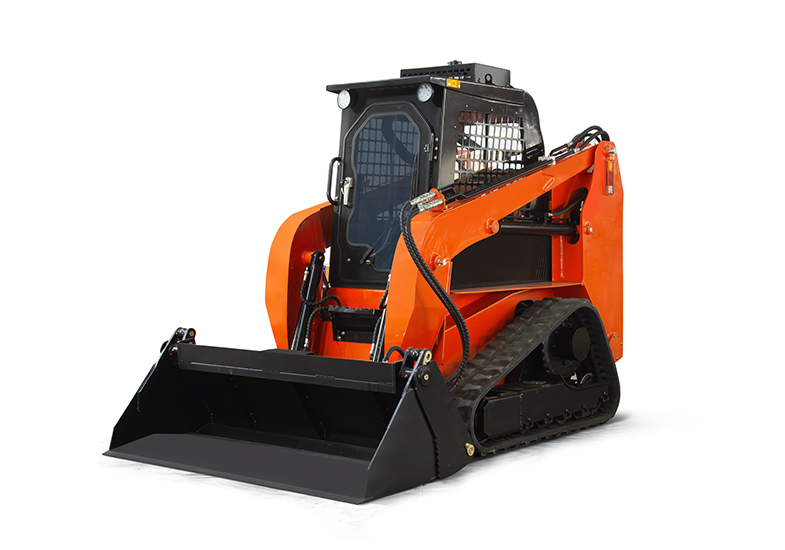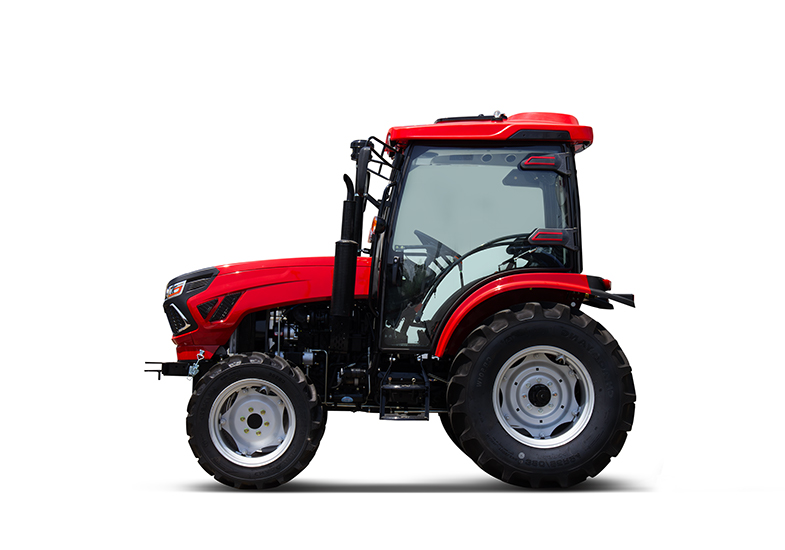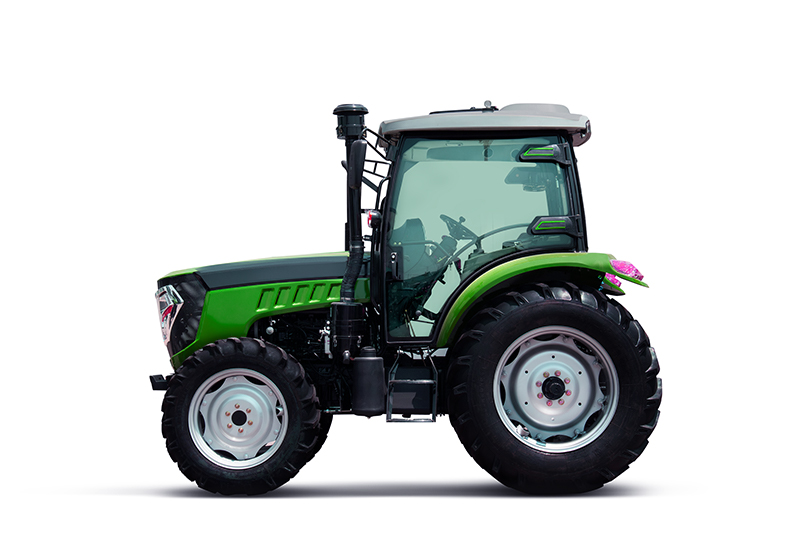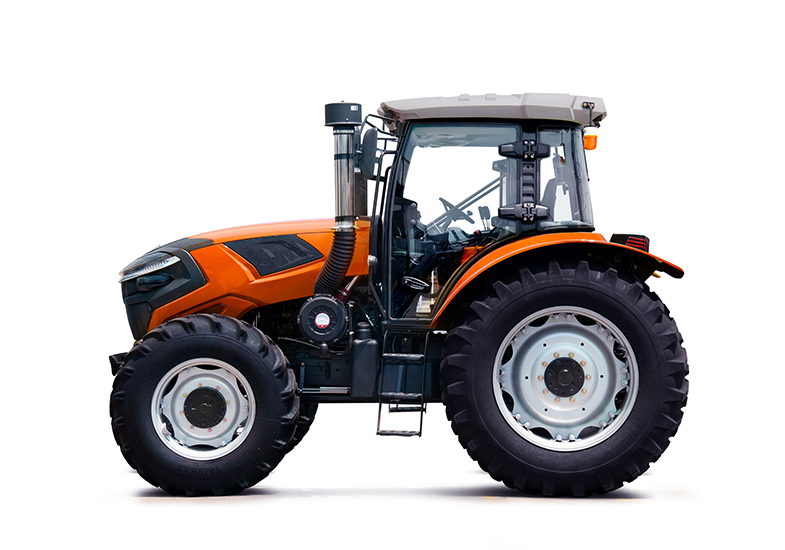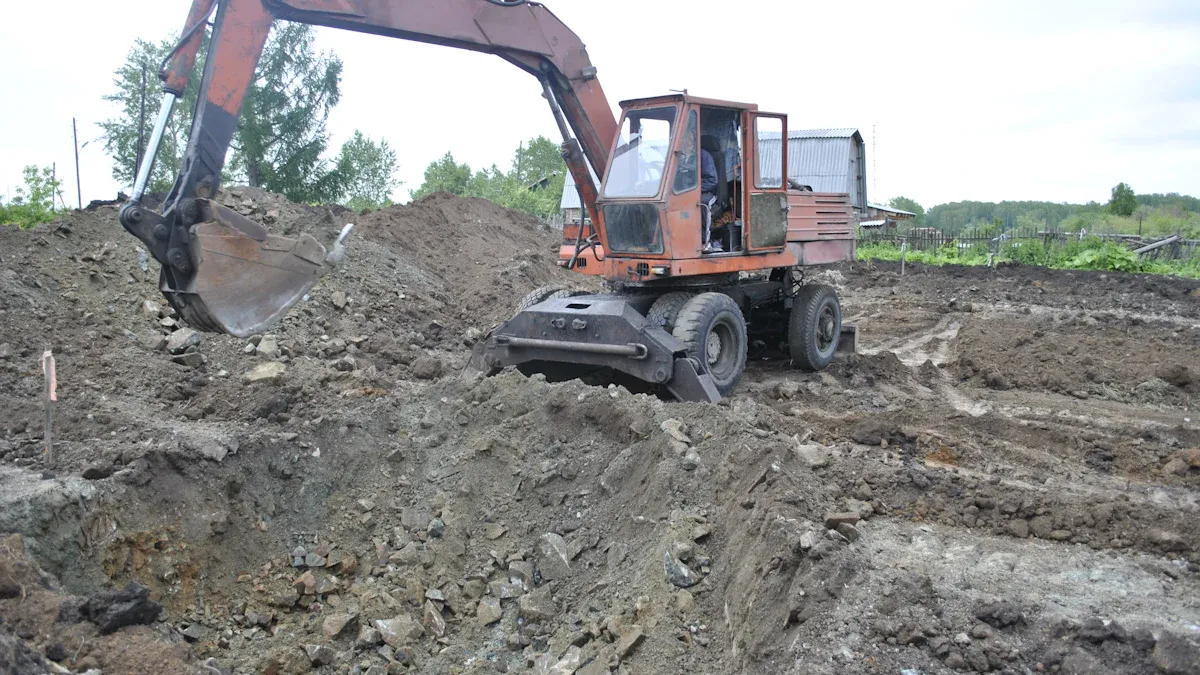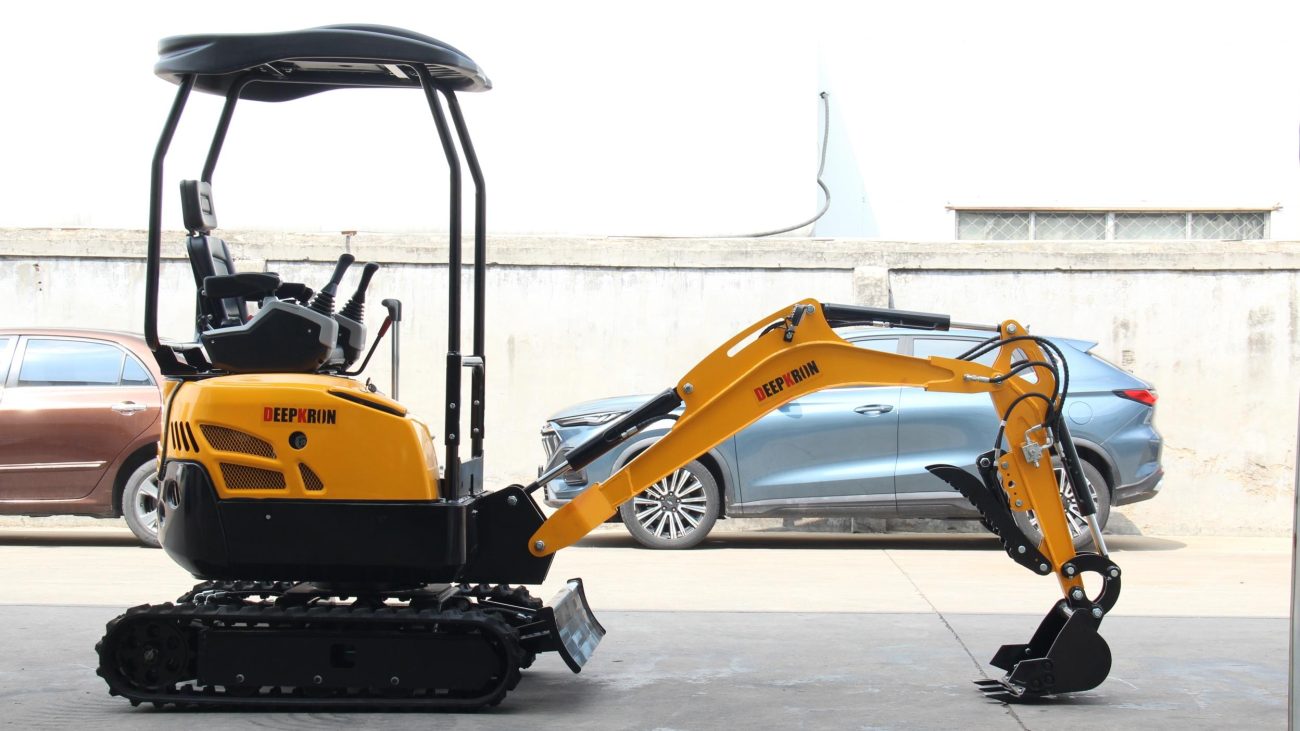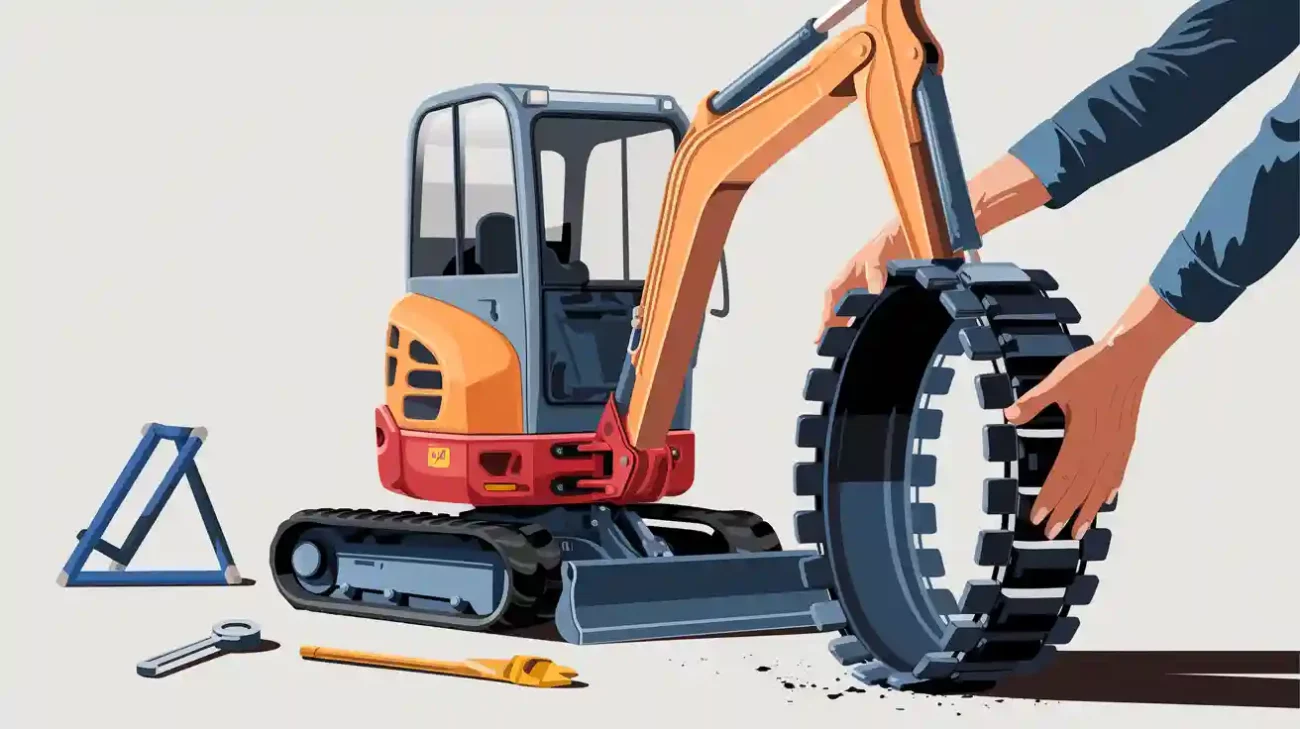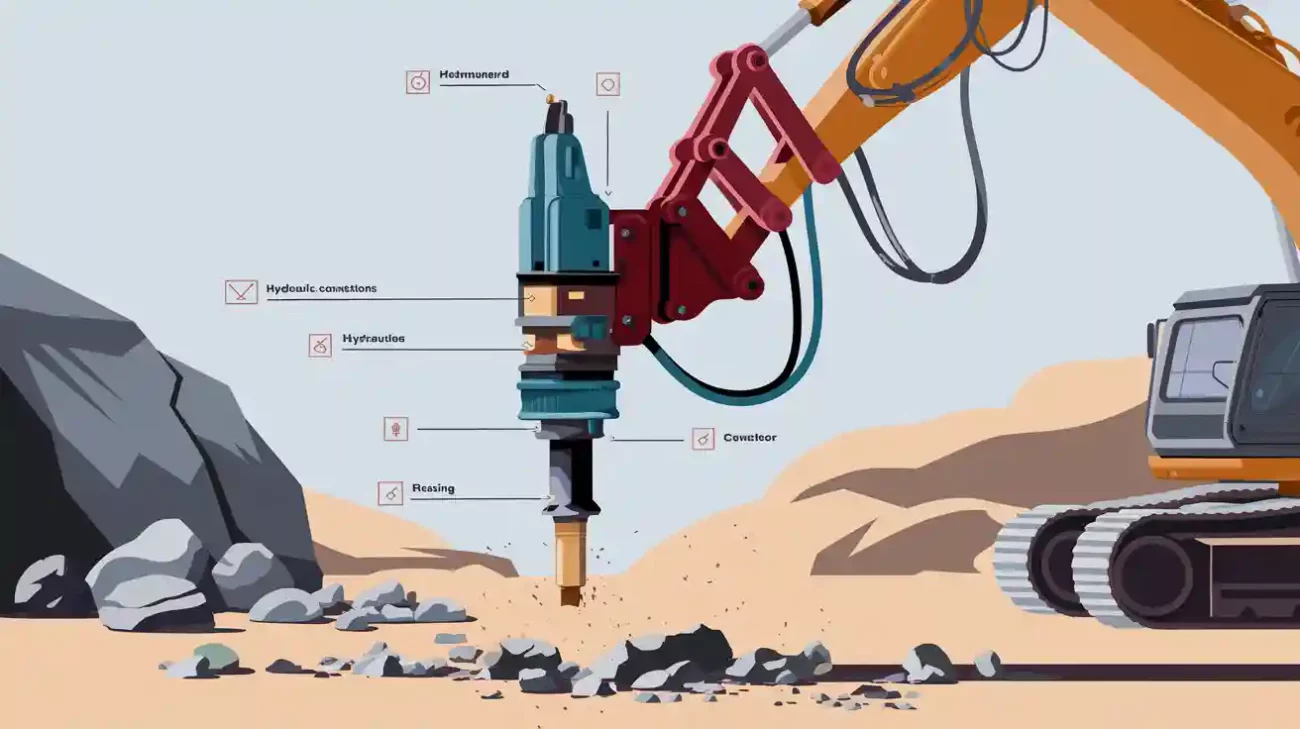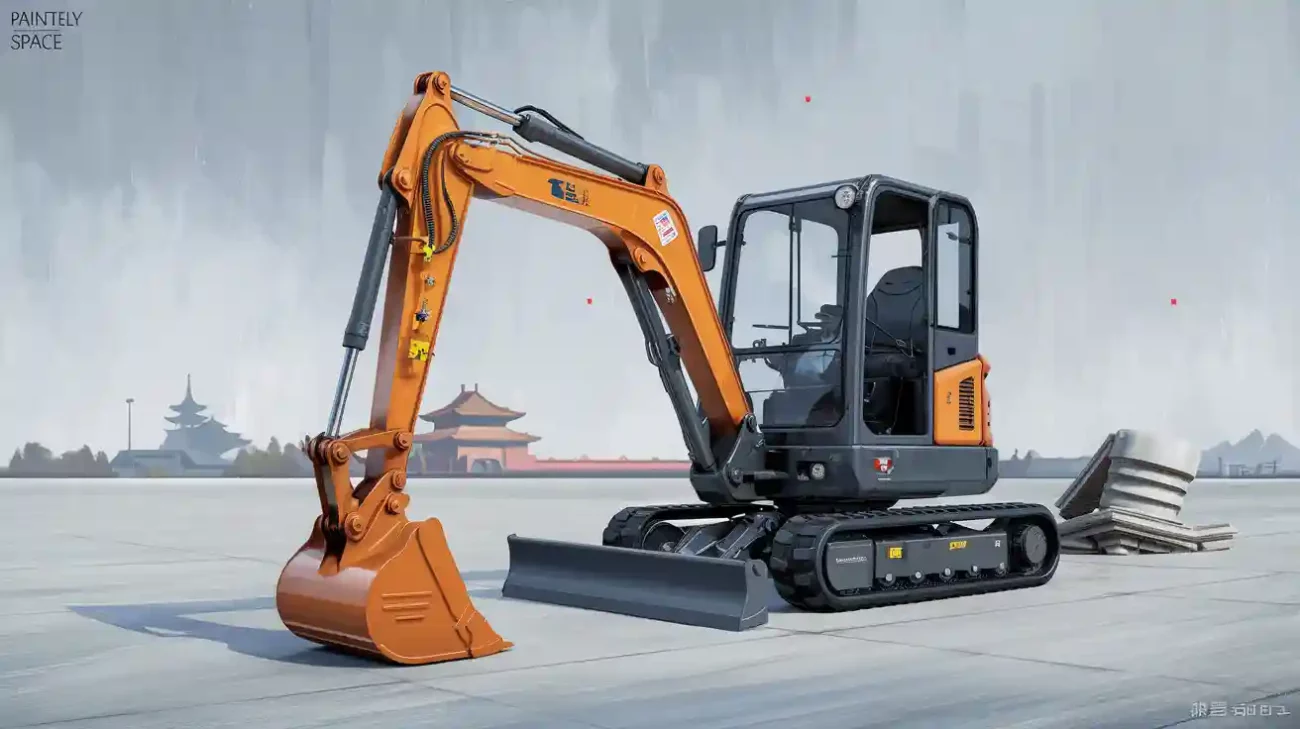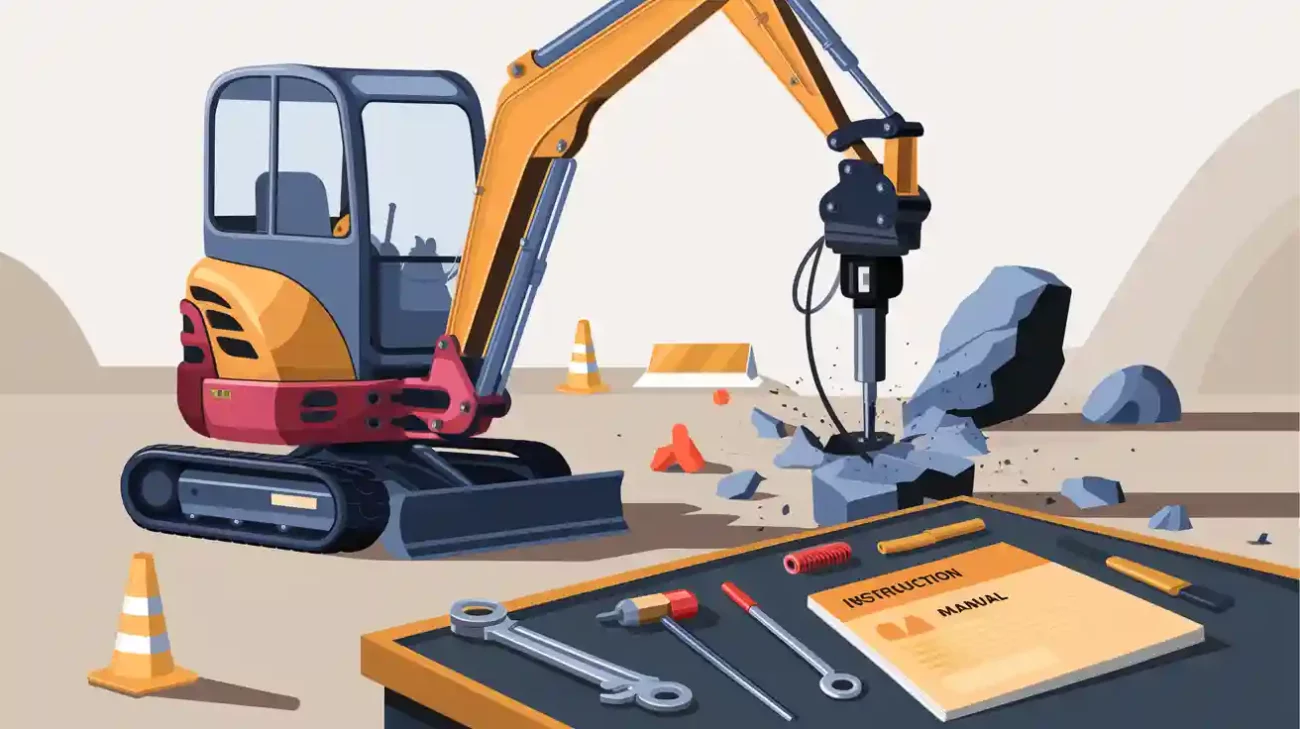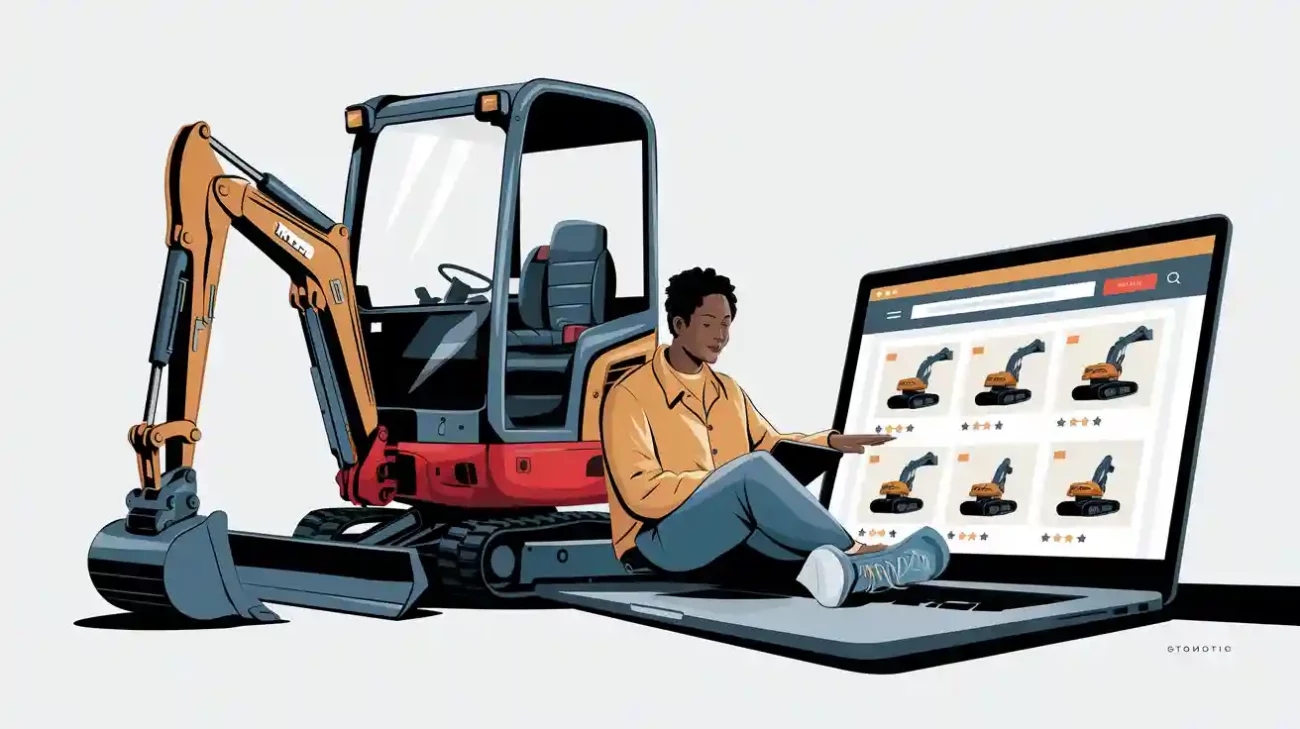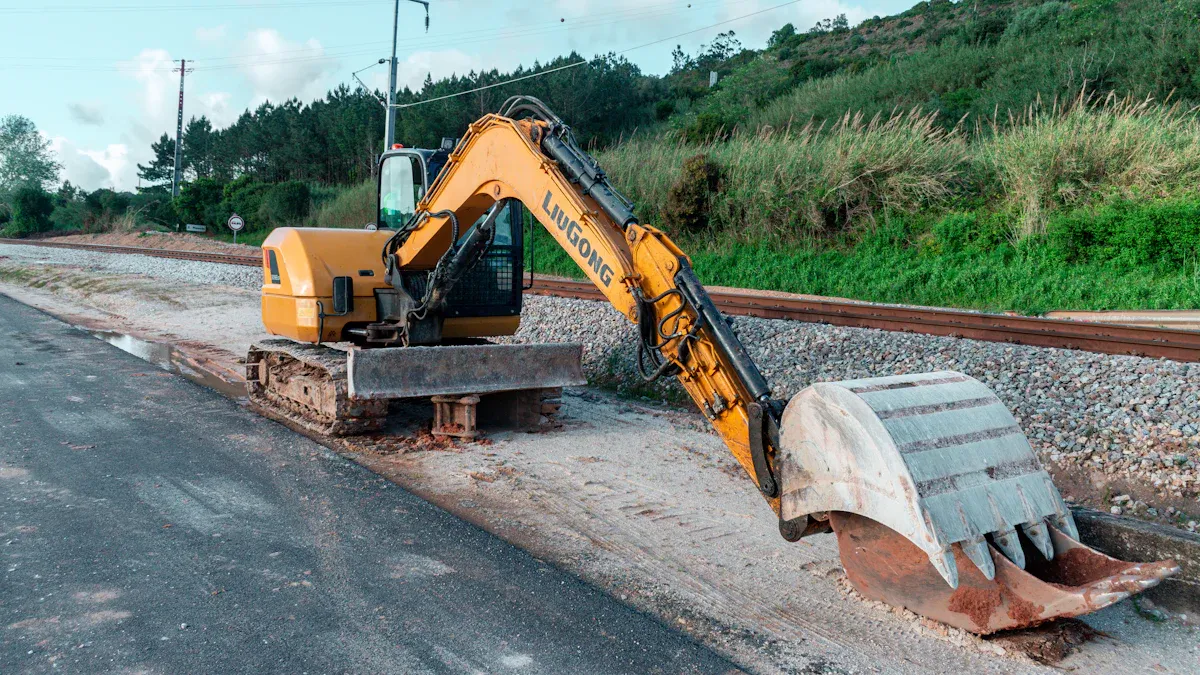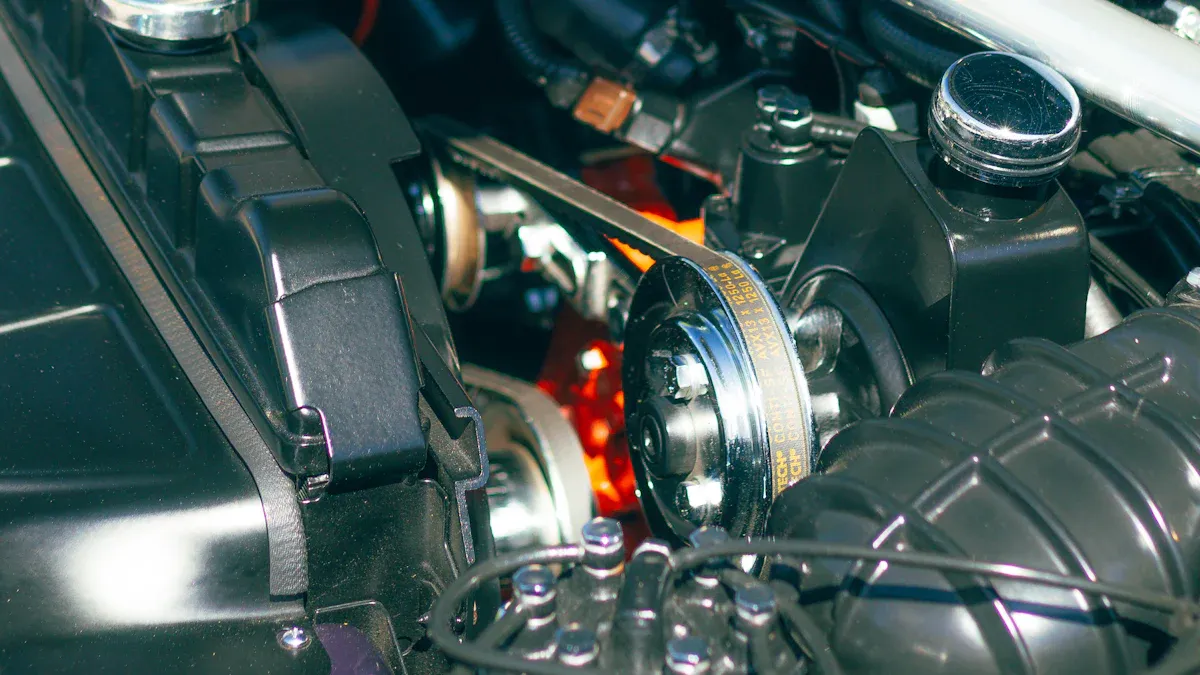A Georgia family farm stopped flooding by changing their drainage ditches with a DeepKron mini excavator. The farm had less flooding and grew more crops. Farmers saw that stopping floods made it easier to take care of the farm. Two-stage ditches helped lower flood risks. Farmers who use mini excavators often see 30-40% more crops and lose fewer plants. Two-stage ditches are now a top pick for farm drainage ditches. They give farmers good flood prevention. Many farmers now pick two-stage ditches for long-lasting results.
Farm Drainage Ditches and Mini Excavator Solutions
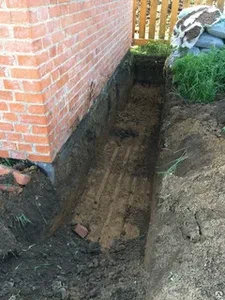
Drainage Ditch Challenges
Many farmers in Georgia know the struggle of heavy rain and soggy fields. This family farm faced the same problem. Water collected in low spots, and the old farm drainage ditches could not keep up. Traditional drainage solutions, like shallow ditches or simple pipes, often failed. These methods clogged with debris or collapsed after a few seasons. The farm saw standing water after every storm. Crops drowned, and the soil stayed too wet to work.
The main problem came from narrow, shallow channels. These ditches could not move enough water during big storms. Sometimes, the water backed up and flooded the fields. The farm tried to dig deeper by hand, but it took too long and did not last. Even french drains, which worked for a while, filled with silt and stopped draining. The cost of water damage added up fast. Some repairs reached $14,000 per claim, and fixing a damaged foundation could cost over $20,000. Farmers needed a better way to build strong, long-lasting drainage systems.
Mini Excavator Advantages
The family decided to try a new approach. They chose a DeepKron mini excavator for the job. This machine changed everything. The mini excavator fit between rows and tight spaces, thanks to its compact size and zero-tail-swing design. The Kubota engine gave it the power to dig deep and move heavy soil. Farmers used the mini excavator to clear out old debris and reshape the farm drainage ditches.
Here’s how the process worked:
The farmers started by removing weeds, roots, and trash from the drainage ditches.
Next, they used the mini excavator to dig the channels deeper—down to 24-30 inches, below the frost line. This depth kept the ditches from freezing and breaking.
They shaped the sides with a gentle 1-2% slope. This slope helped water flow smoothly and stopped pooling.
The mini excavator’s wide grading bucket (36-48 inches) let them create two-stage ditches. These ditches had a main channel and a floodplain shelf. The design moved thousands of gallons of water during storms.
The farmers checked the slope with the mini excavator’s precise controls. Even a half-inch dip could cause problems, so accuracy mattered.
They added french drains in problem spots. The mini excavator made it easy to dig deep enough for these drains, which can last over 20 years when installed right.
Tip: Two-stage ditches work best when you keep the main channel clear and the floodplain shelf wide. The mini excavator made this easy, even in tight corners.
The DeepKron mini excavator saved time. The farmers finished the project in a single weekend. They used the quick-attach system to switch between buckets and grading tools. This made each step faster. Financing options helped the farm get the right model without breaking the bank.
The new engineered channel design stopped flooding. The two-stage ditches handled heavy rain and kept water moving off the fields. The farm saw fewer lost crops and better yields. Maintenance became simple. The mini excavator let the farmers clean out the ditches every season. They no longer worried about clogged pipes or collapsed channels.
The DeepKron mini excavator proved its value. Farmers liked how easy it was to use. The machine fit in spaces only 3-5 feet wide, so it reached every corner of the farm. The two-stage ditches and french drains worked together as a complete drainage solution. The farm now enjoys dry fields, healthy crops, and peace of mind.
Aspect | Example / Data | Why It Matters for Farmers |
|---|---|---|
Trench Depth | 24-30 inches | Prevents freezing and damage |
Slope Percentage | 1-2% | Keeps water moving, stops pooling |
Mini Excavator Dig Depth | 7-8 feet | Handles deep drainage needs |
Bucket Width | 36-48 inches | Builds wide, effective two-stage ditches |
Project Time | One weekend | Fast and practical for busy farmers |
Drainage System Longevity | 20+ years (with mini excavator installation) | Long-term solution |
Space Accessibility | 3-5 feet wide, zero-tail swing | Works in tight farm spaces |
Farmers who use mini excavators for farm drainage ditches see big results. The two-stage ditches and engineered channel design protect crops and save money. The DeepKron mini excavator makes these drainage solutions possible for any family farm.
Flood Prevention and Results
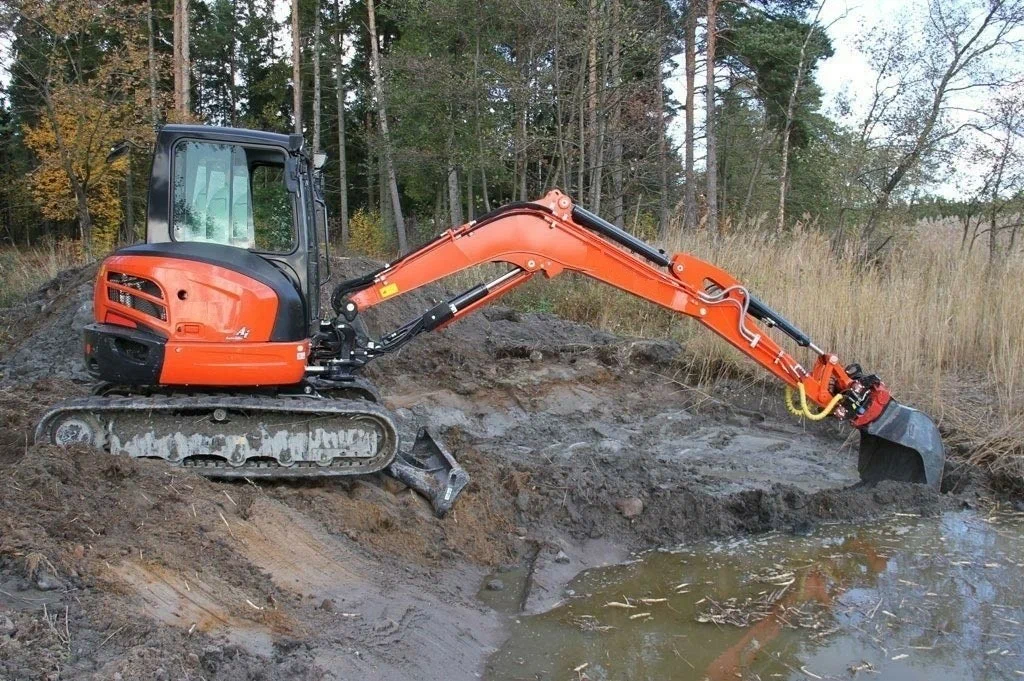
Stopping Flooding
Farmers on this Georgia farm saw big changes. They used two-stage ditches and a DeepKron mini excavator. Flooding stopped in their fields. The new ditches moved water away fast when it rained hard. Two-stage ditches handled floods that used to ruin crops. The farm did not lose plants to standing water anymore. Flood control became easy. Farmers checked the ditches every season. They cleared them out with the mini excavator. Flood monitoring tools helped track water flow. These tools also showed problems early. Now, the farm has dry fields and good flood prevention.
Benefits Over Floods
Two-stage ditches gave farmers more than just dry fields. They saw better crop yields and less flood damage. The new drainage system moved runoff away from crops. This helped water quality get better. Farmers noticed healthier plants and fewer weeds. Maintenance costs went down because ditches stayed clear longer. The table below shows how floods change crop yields and profits:
Crop | Yield Change (%) at >10-year Flood Return Period | Yield Gains at ~3-year Return Period | Economic Loss (Billion $) (1982–2016) | Economic Gain (Billion $) (1982–2016) |
|---|---|---|---|---|
Soy | Yield gains detected | 0.4 | 0.2 | |
Rice | 3% loss | N/A | 3.1 | 0.6 |
Wheat | 2% loss | Yield gains detected | 0.8 | 0.4 |
Maize | 1% loss | Yield gains detected | 1.1 | 0.6 |
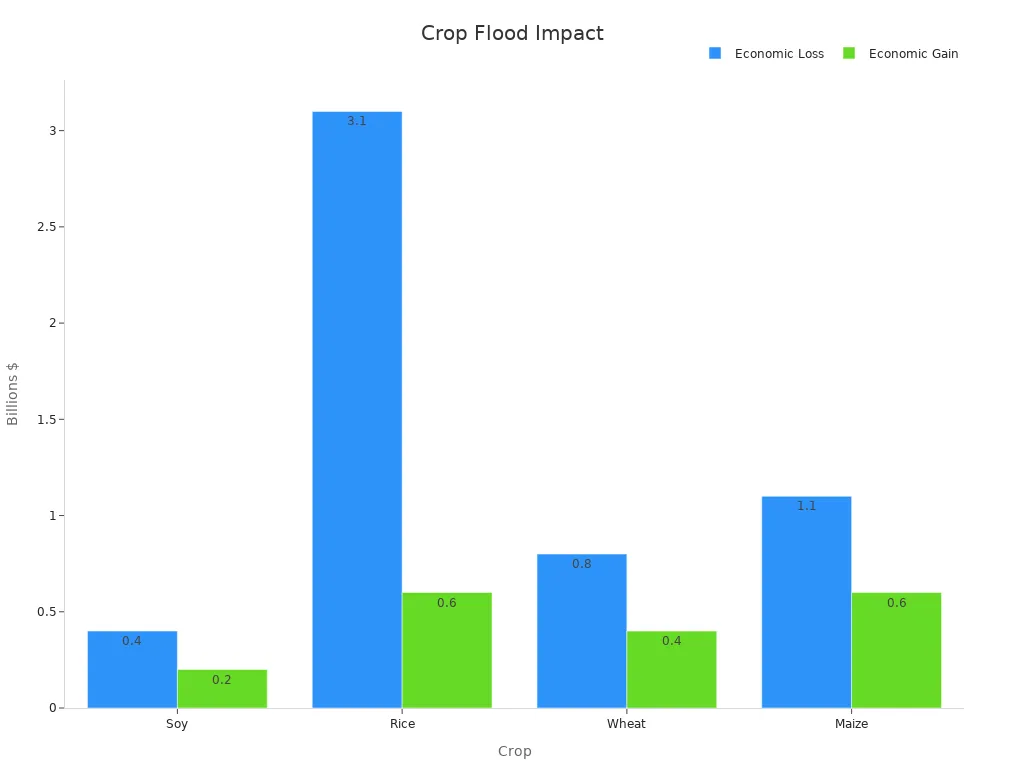
Two-stage ditches help stop floods and keep yields high. They also make water cleaner by filtering runoff. Good flood control means less money lost and more crops to sell.
Comparing Methods
Farmers compared the mini excavator to old ditch digging ways. Two-stage ditches built with a DeepKron mini excavator cost more at first. But they saved money over time. Farmers finished work in days instead of weeks. They cut labor costs by up to 70%. Mini excavators used less fuel and made less mess than big machines. Two-stage ditches made water cleaner and stopped soil loss. Farmers liked doing the work themselves. Modern machines help the environment too. Electric or biodiesel mini excavators lower emissions by up to 90%. Two-stage ditches last for decades and make flood control easy. Farmers now trust two-stage ditches for long-term flood prevention and better flood control.
Tip: Two-stage ditches and regular checks keep floods away and make water cleaner for years.
DeepKron mini excavators help farms make better ditches. These ditches give strong flood protection. Farmers have less flooding and healthier crops. Upkeep is easier for them now. They also use smart ideas like cover crops and riparian buffers:
Practice | Benefit |
|---|---|
Cover Crops | Hold soil, boost water storage |
Riparian Buffers | Trap runoff, clean water |
Farmers can check their drainage today. They can take steps to protect their land.

